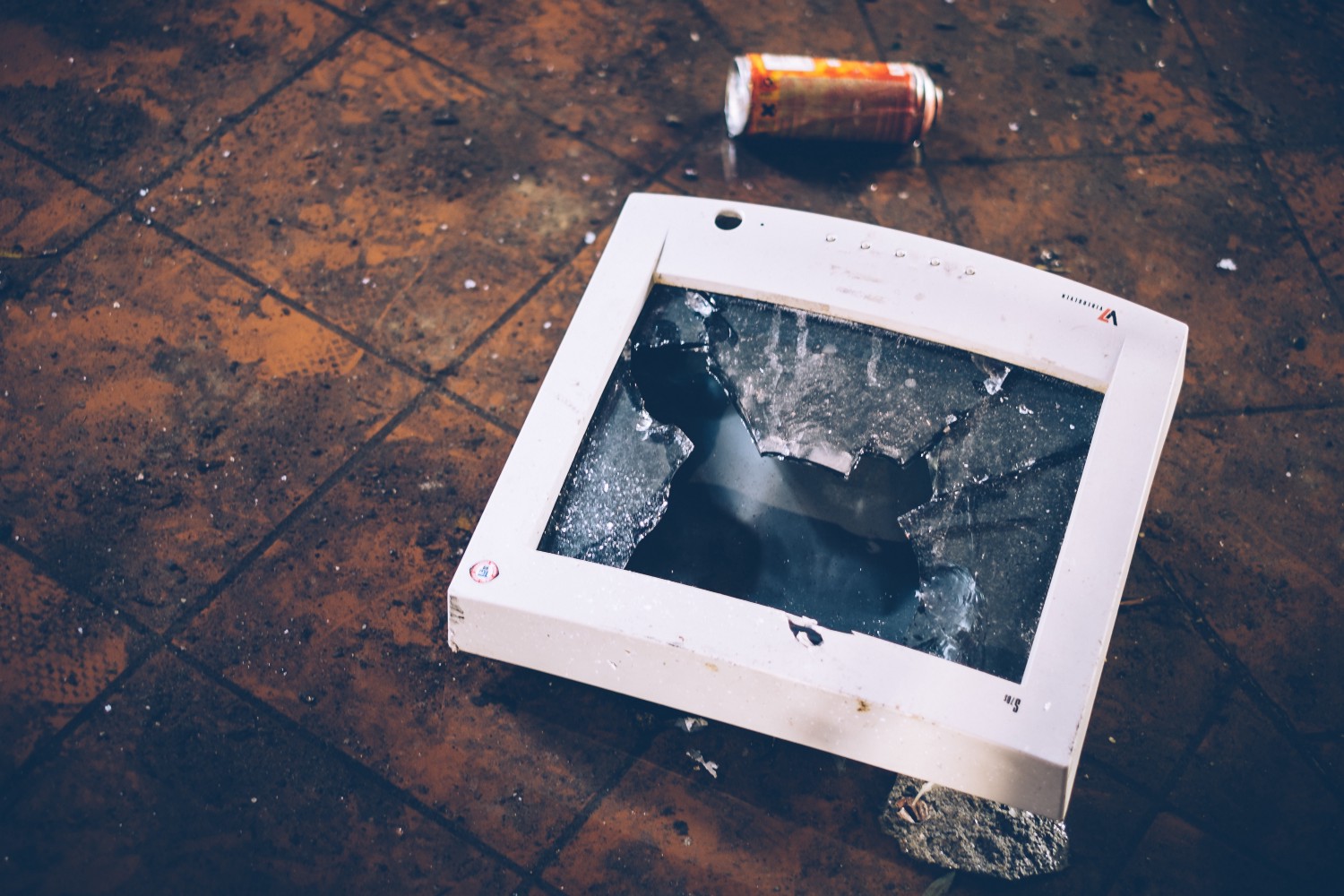“Anger rooms” are the latest, rather alarming, trend among stressed out people who’ve abandoned hope of meditating their tension away, as CNN reports. The fact that these rooms exist says something troubling not just about our current stress levels, but how we’re choosing to address them, too.
For $20 to $90 you can blast your favorite tunes, pick an instrument like a baseball bat or sledgehammer and — consequence free — break a whole bunch of stuff to release your anger, as CNN reports. “Anger rooms,” like The Break Room near Atlanta, Georgia, have been capitalizing on events like the Atlanta Falcons losing the Super Bowl, relationship troubles (a lot of recent divorcees frequent the room, according to CNN) and, of course, the current political climate.
Spokesperson for the Break Room Melanie McLean tells CNN that the method is “almost so unacceptable that it’s exciting.” But the assumption that breaking everything in sight is somehow a panacea for your stress is deeply misguided. Dr. Amit Sood, a medical professor at the Mayo Clinic, tells CNN that while it’s (obviously) better to take physical anger out on inanimate objects than people, he emphasizes that “if you have to pay to break stuff then it is a good time to ask yourself ‘what is wrong in my life?’”
CNN also quotes Dr. Gail Saltz, a professor of clinical psychiatry at New York Presbyterian Weill-Cornell Medical College, who explains that these objects serve as a proxy for the actual person or situation we’re angry at. “It’s not the bag,” Saltz says, referring to a punching bag, “it’s their husband’s head.” The obvious problem here, as CNN points out, is that letting your frustrations out in this manner may make it harder to hold back that “impulsive feeling” around actual human beings.
We’re all for inventive ways to release stress, but anger rooms aren’t the kind of long-lasting, calm-inducing strategy that serve much good in the real world. Instead, both Saltz and Sood tell CNN that we’re better off choosing more sustainable methods of stress reduction, like controlled deep breathing, calming visual imagery or mindfulness exercises.
Read more on CNN.
Originally published at journal.thriveglobal.com


